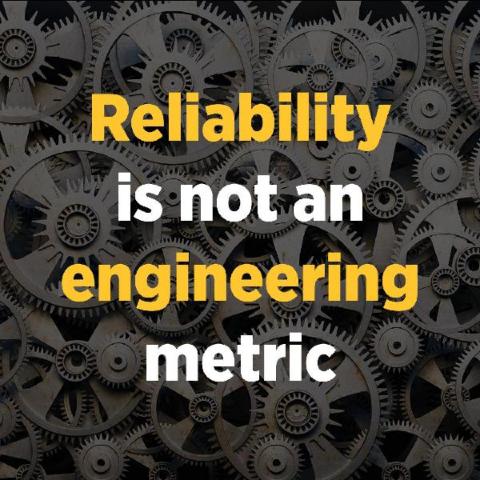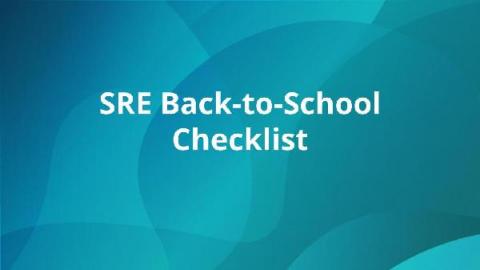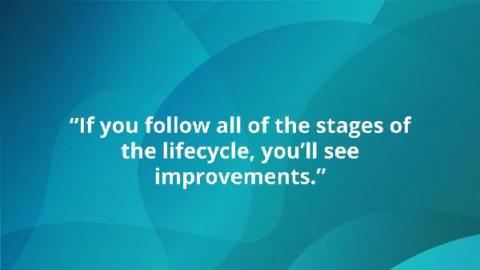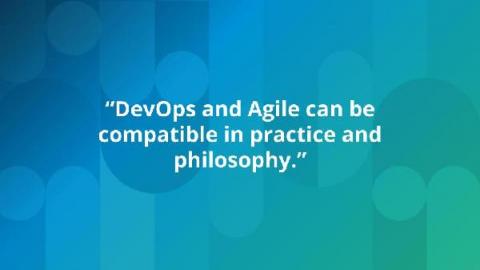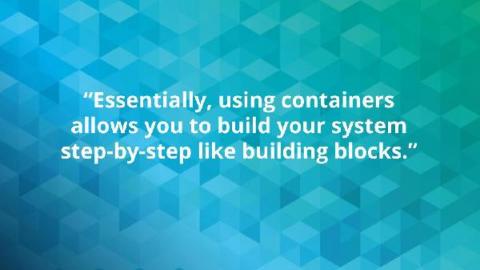Reliability is not an engineering metric
If you're an engineer reading this, you might be wondering what I mean by the title. You might be a Site Reliability Engineer whose primary responsibility is to maintain the reliability of your company’s product/solution. You might be a software builder, a programmer responsible for building new capabilities and shipping them to production. All of these are important for any business to remain competitive.


